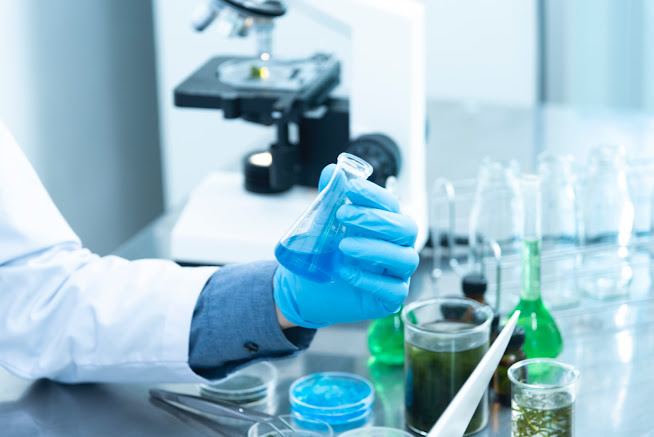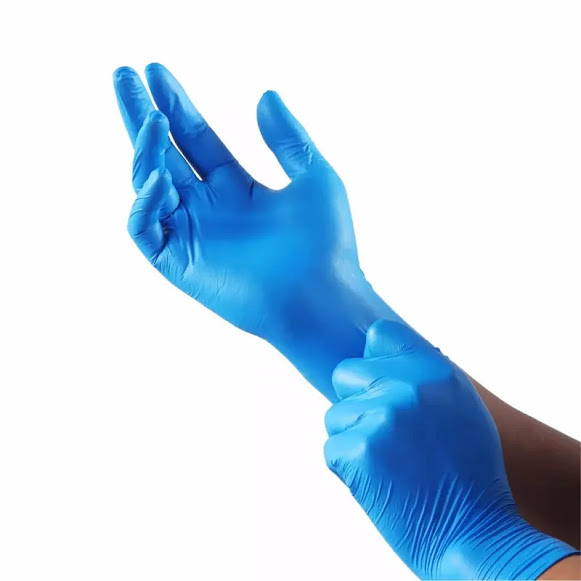Everything you need to know about Cleanroom Gloves
Cleanroom gloves come in different thicknesses and sizes, and they are designed to fit snugly on the hands to prevent contamination. They are often used in conjunction with other PPE, such as gowns, masks, and shoe covers, to maintain a sterile or clean environment.
Cleanroom gloves are essential for preventing contamination during the manufacturing process. Contamination can occur through contact with oils, salts, skin flakes, and other contaminants that may be present on the worker's hands. Even the smallest particle or contaminant can have severe consequences, such as compromising the quality of products or endangering the health and safety of workers.
Cleanroom gloves are also used in research laboratories, hospitals, and food processing plants, where cleanliness is essential. In research laboratories, cleanroom gloves are worn by scientists and researchers to prevent the contamination of samples and to maintain the integrity of their research. In hospitals, cleanroom gloves are worn by medical professionals during surgical procedures to prevent contamination and reduce the risk of infection. In food processing plants, cleanroom gloves are worn by workers to prevent contamination of food products and to maintain hygiene standards.
The benefits of cleanroom gloves are numerous. They prevent contamination, protect products, reduce defects, and increase safety. Cleanroom gloves prevent contamination by minimizing the number of particles and contaminants that may be present on the worker's hands. This helps to maintain a sterile or clean environment, which is essential in industries where contamination can have severe consequences. Cleanroom gloves protect products by preventing contamination from oils, salts, and skin flakes that may be present on the worker's hands. This helps to ensure that products meet the highest quality standards and are safe for use.
Cleanroom gloves reduce the number of defects in products by preventing contamination during the manufacturing process. This helps to save time and money by reducing the need for rework or scrapping of products. Finally, cleanroom gloves increase safety by protecting workers from hazardous substances and chemicals. This reduces the risk of injury and illness, which helps to improve the overall health and well-being of workers.
In conclusion, cleanroom gloves are specialized gloves designed to maintain a sterile or clean environment. These gloves are essential in industries where contamination can have severe consequences, such as in the pharmaceutical, biotechnology, electronics, and aerospace industries. Cleanroom gloves are made from materials such as latex, nitrile, and vinyl and are designed to have low particle counts, low extractable levels, and low levels of ionic and non-ionic contaminants. They are also color-coded to indicate their level of cleanliness. Cleanroom gloves prevent contamination, protect products, reduce defects, and increase safety. They are an essential part of PPE and are necessary for ensuring the highest quality standards and the safety and well-being of workers.
Visit our website to learn more about our gloves: https://nataliegroupgloves.com



Comments
Post a Comment